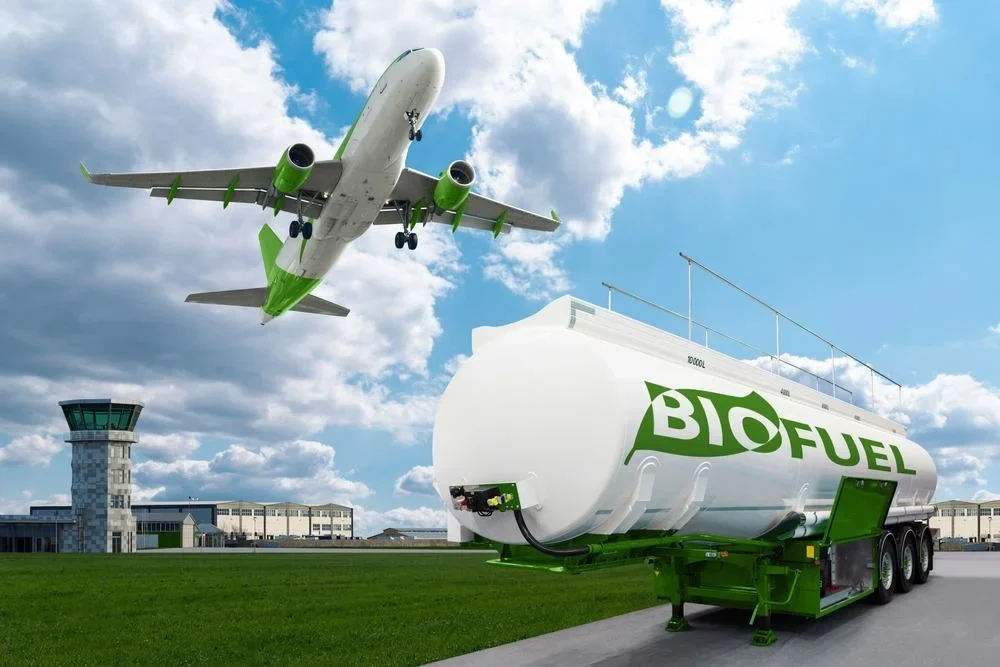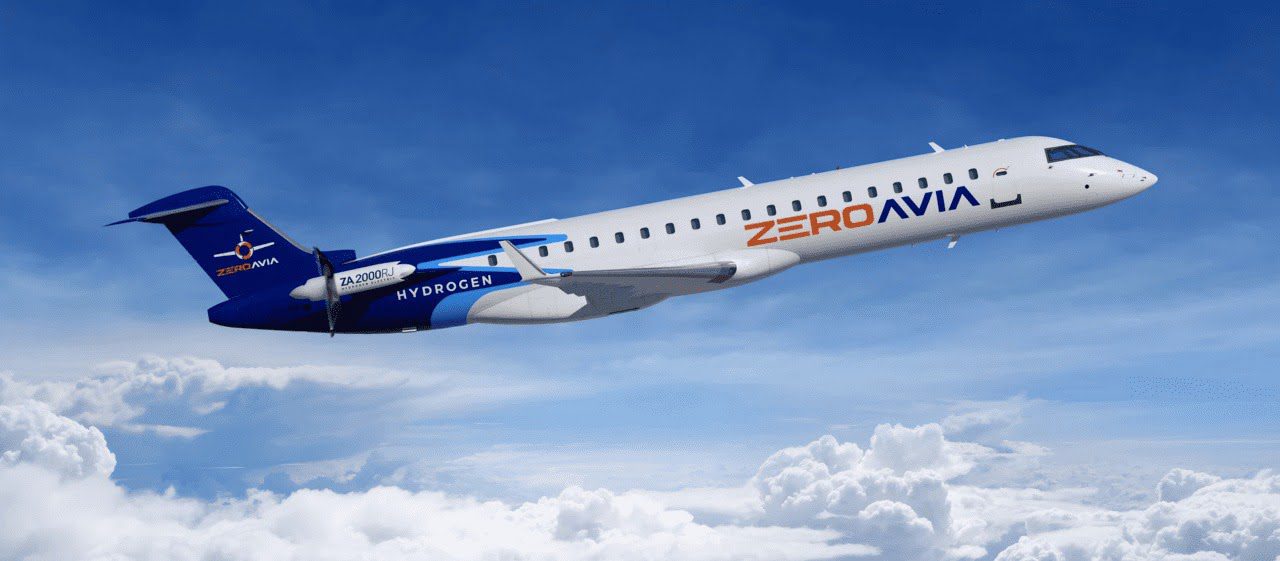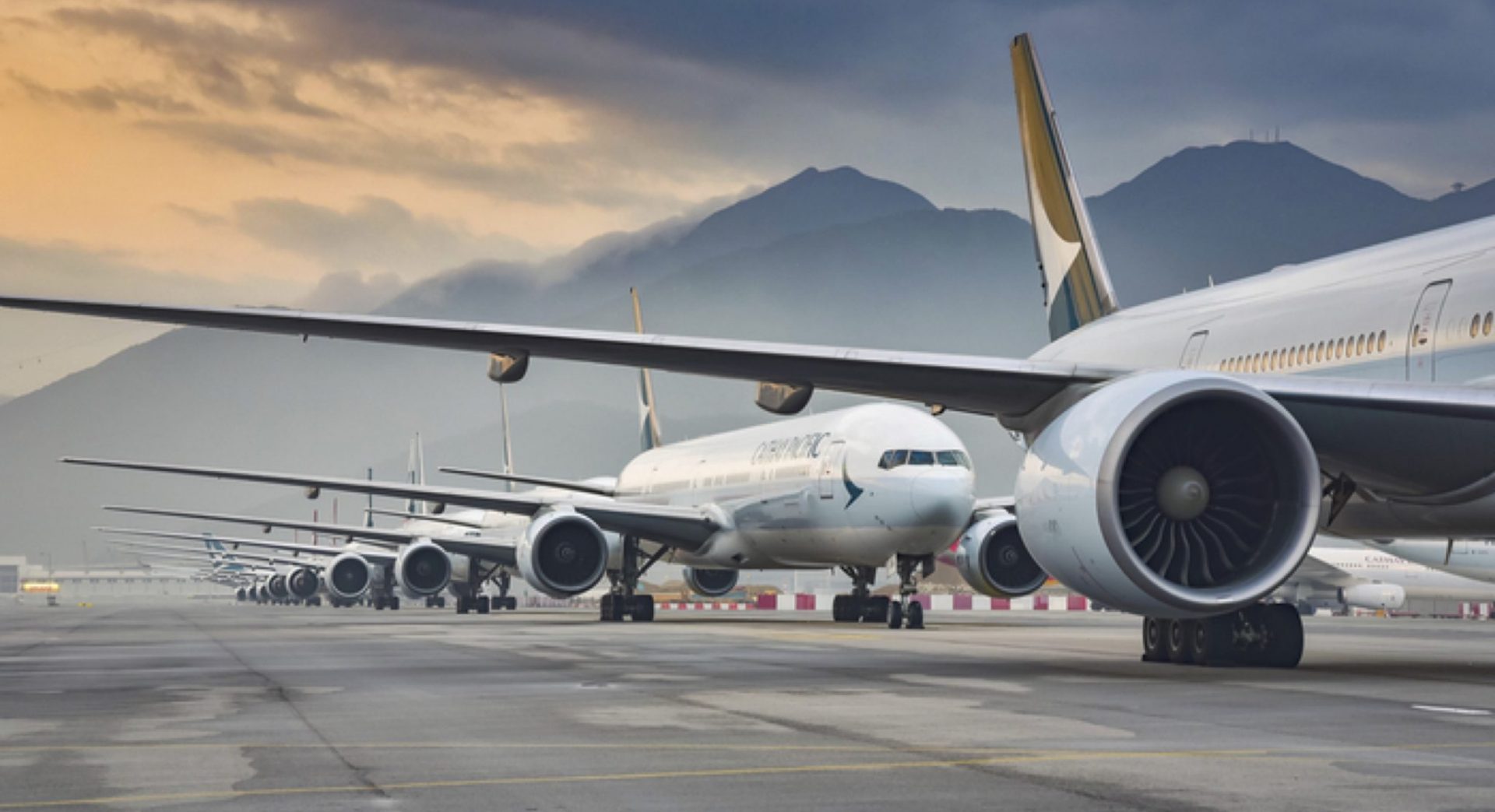Table of Contents
Memorial Day weekend marks the unofficial start of the summer travel season, a time when millions of people hit the roads and skies for vacation. As we discuss greenhouse gas emissions, cars and trucks often take center stage because they are the primary culprits. However, the aviation industry is also under immense pressure to reduce its carbon footprint. This article explores the efforts to develop greener fuels for airplanes, a crucial step in making air travel more sustainable.

The Growing Concern Over Aviation Emissions
The environmental impact of aviation cannot be overlooked. While cars and trucks are significant contributors to greenhouse gas emissions, airplanes also play a substantial role. According to the International Air Transport Association (IATA), the aviation sector is responsible for around 2-3% of global CO2 emissions. With air travel expected to increase in the coming years, the need for sustainable solutions has never been more urgent.
The Push for Eco-Friendly Fuels
One of the most promising solutions for reducing the aviation industry’s carbon footprint is the development of greener fuels. Traditional jet fuel, derived from fossil fuels, emits a significant amount of CO2 when burned. In contrast, sustainable aviation fuels (SAFs) are designed to be more environmentally friendly. These fuels can be produced from a variety of sources, including agricultural residues, waste oils, and even algae.
Innovative Approaches to Sustainable Fuel Production
Researchers and companies around the world are working tirelessly to create effective and scalable sustainable aviation fuels. Some of the most promising approaches include:
- Biofuels: Made from organic materials such as plant oils, animal fats, and recycled waste, biofuels can significantly reduce greenhouse gas emissions compared to traditional jet fuel. Companies like Neste and Honeywell UOP are leading the way in producing biofuels that can be used in existing aircraft engines without modifications.
- Electrofuels: These fuels are created using renewable electricity to synthesize hydrocarbons from water and CO2. This method can produce fuels with a shallow carbon footprint if the electricity comes from renewable sources like wind or solar power. Projects like the European Union’s E-Fuel Initiative are exploring the potential of electrofuels for aviation.
- Hydrogen: While not yet widely adopted, hydrogen has the potential to revolutionize the aviation industry. When used in fuel cells, hydrogen can power aircraft with zero emissions. Airbus is one of the major players investing in hydrogen technology, with plans to develop a hydrogen-powered commercial aircraft by 2035.
The Challenges Ahead
Despite the promise of sustainable aviation fuels, several challenges must be overcome before they can be widely adopted. One of the biggest hurdles is cost. Currently, SAFs are more expensive to produce than traditional jet fuel, making them less attractive to airlines. Additionally, the production infrastructure for SAFs is still in its infancy, requiring significant investment to scale up.
Another challenge is regulatory approval. New fuels must meet strict safety and performance standards before they can be used in commercial aviation. This process can be time-consuming and costly, slowing down the adoption of greener fuels.
Industry and Government Initiatives
To accelerate the transition to sustainable aviation fuels, collaboration between industry and government is essential. Several initiatives are already underway to support the development and deployment of SAFs. For example, the U.S. Federal Aviation Administration (FAA) and the European Union Aviation Safety Agency (EASA) are working on certification processes for new fuels. Additionally, governments are offering incentives and funding for research and development in this area.
A Greener Future for Aviation
As Memorial Day weekend signals the start of the summer travel season, it’s important to recognize the efforts being made to reduce the environmental impact of aviation. Sustainable aviation fuels represent a promising solution to the industry’s carbon emissions problem. While challenges remain, continued innovation and collaboration between industry and government can pave the way for a greener future in air travel. By investing in and supporting the development of these technologies, we can ensure that our skies remain as blue as our planet is green.






















Leave feedback about this